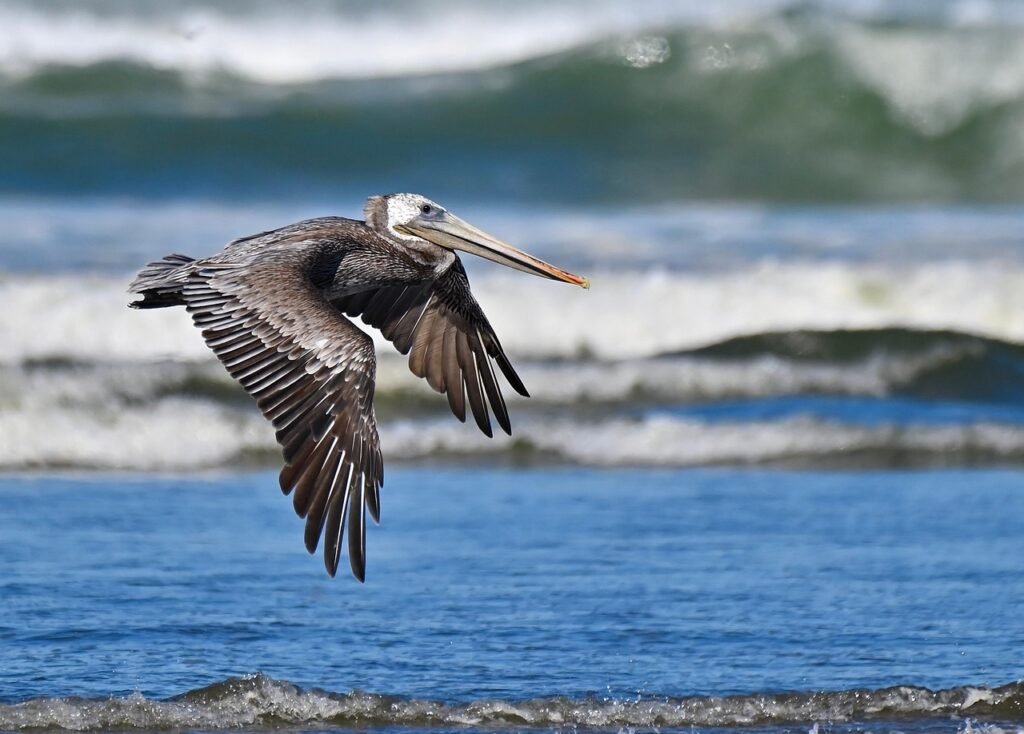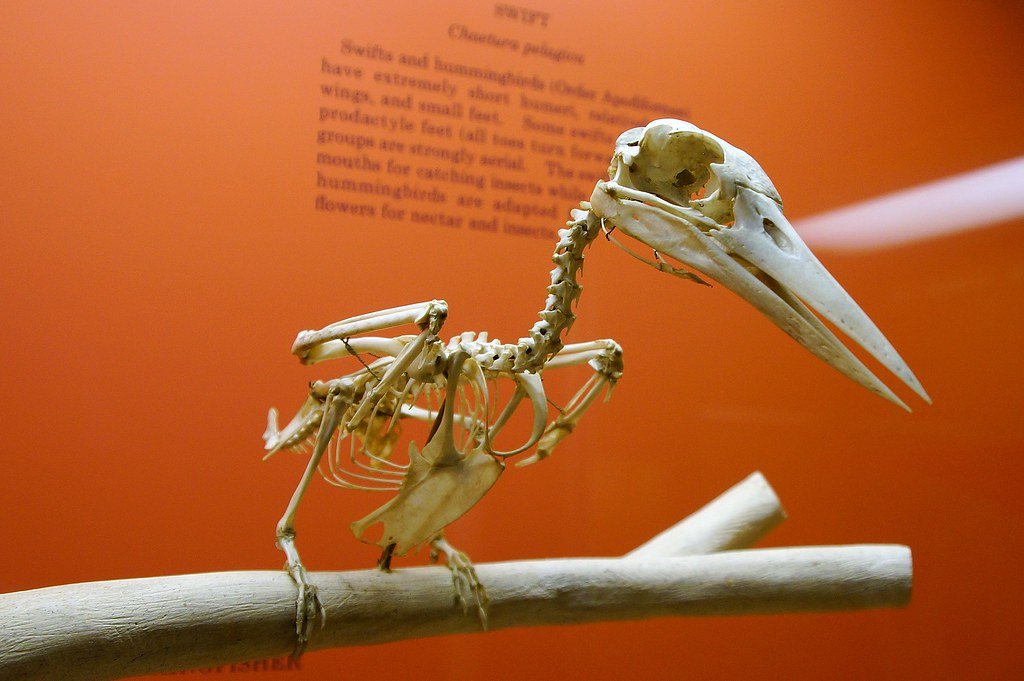A groundbreaking new study has connected the genetic threads of every known bird species—bringing together 11,000 avian relatives on one monumental evolutionary tree.
Birds are more than beautiful singers or backyard companions—they’re evolutionary marvels. As the most diverse group of land vertebrates, they’ve colonized every continent, adapted to every biome, and evolved into a dazzling array of forms. And now, for the first time, scientists have revealed how they all connect.
In a collaboration years in the making, researchers from the University of California Merced and the Cornell Lab of Ornithology built a complete evolutionary map of every known bird species—about 11,000 in total. It’s the most comprehensive synthesis of avian relationships scientists have ever created.
They constructed the tree by analyzing nearly 300 scientific studies on over 9,200 species published between 1990 and 2024. To include the remaining 1,800 birds, the team gathered and integrated curated taxonomic data.
“This is the most unified view of avian evolution ever created,” said lead author Emily Jane McTavish, a biology professor at UC Merced. “People love birds, and a lot of people work on birds. We synthesized all the data to have unified information all in one place.”
Building the Tree of Life—One Species at a Time

This ambitious project contributes to the Open Tree of Life (OpenTree), a wiki-style scientific platform designed to map the evolutionary history of every known species on Earth. The bird branch now stands as one of its most complete achievements.
For McTavish, this effort wasn’t just academic—it was personal. She has spent years developing the software that made this synthesis possible. “I’ve been working on this software for years,” she said. “It combines trees from separate studies, bringing them into one evolving model.”
About four years ago, Eliot Miller, now a visiting scientist at Cornell, reached out to McTavish to propose the collaboration. He recognized the untapped value in scattered bird research and believed they could unite it.
“Dozens of bird phylogenies come out every year, but many don’t feed into future studies,” Miller explained. “Our project helps close that loop so future research builds on what we already know.”
From Dinosaurs to Databases: Why This Tree Matters

Birds are living dinosaurs. They survived the K-T extinction 66 million years ago and evolved into everything from hummingbirds to herons. Each branch on the new tree tells a story of survival, migration, and transformation.
This evolutionary map doesn’t just help scientists—it also serves educators, conservationists, and millions of bird lovers. Tools like eBird and Merlin, developed at Cornell, can now link to evolutionary data for deeper insights.
What’s more, the tree updates automatically. As scientists publish new genetic data, the system incorporates it, turning the database into a living, evolving resource.
A Model for All of Life on Earth

While the spotlight is on birds, this model offers a powerful roadmap for mapping other life forms. Researchers can use the same techniques to track evolutionary patterns in plants, reptiles, amphibians, and beyond.
“This open science and collaborative environment really made this possible,” McTavish said. “It fills one more gap in the Open Tree, and it’s just the beginning.”
With more than 2.5 million species already represented, OpenTree is quickly becoming one of the most ambitious scientific projects ever attempted—a tree that grows with every discovery.
As scientists continue to branch out and refine this global tree of life, each new leaf brings us closer to understanding the vast, intricate story of evolution that connects all living things.







